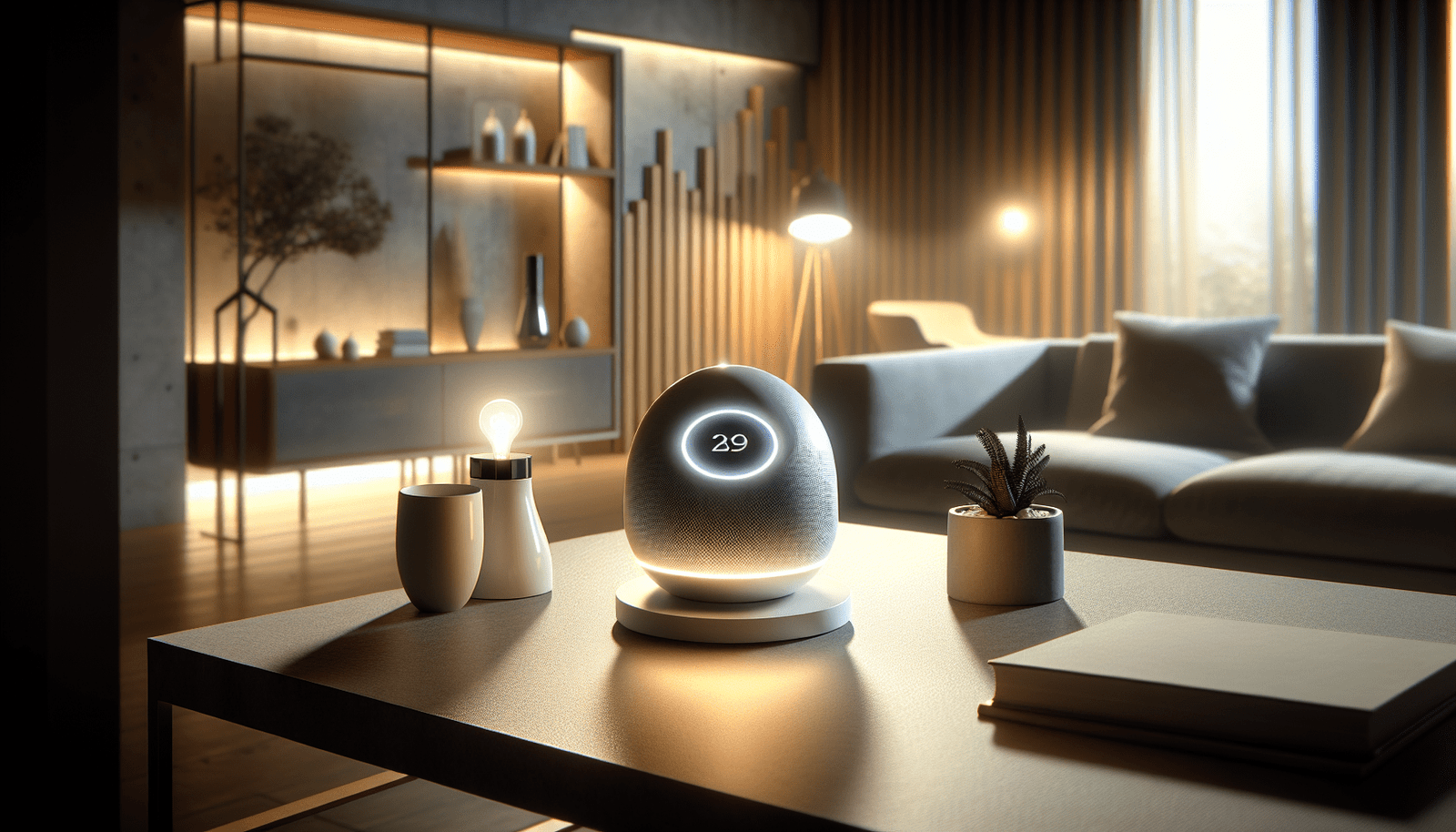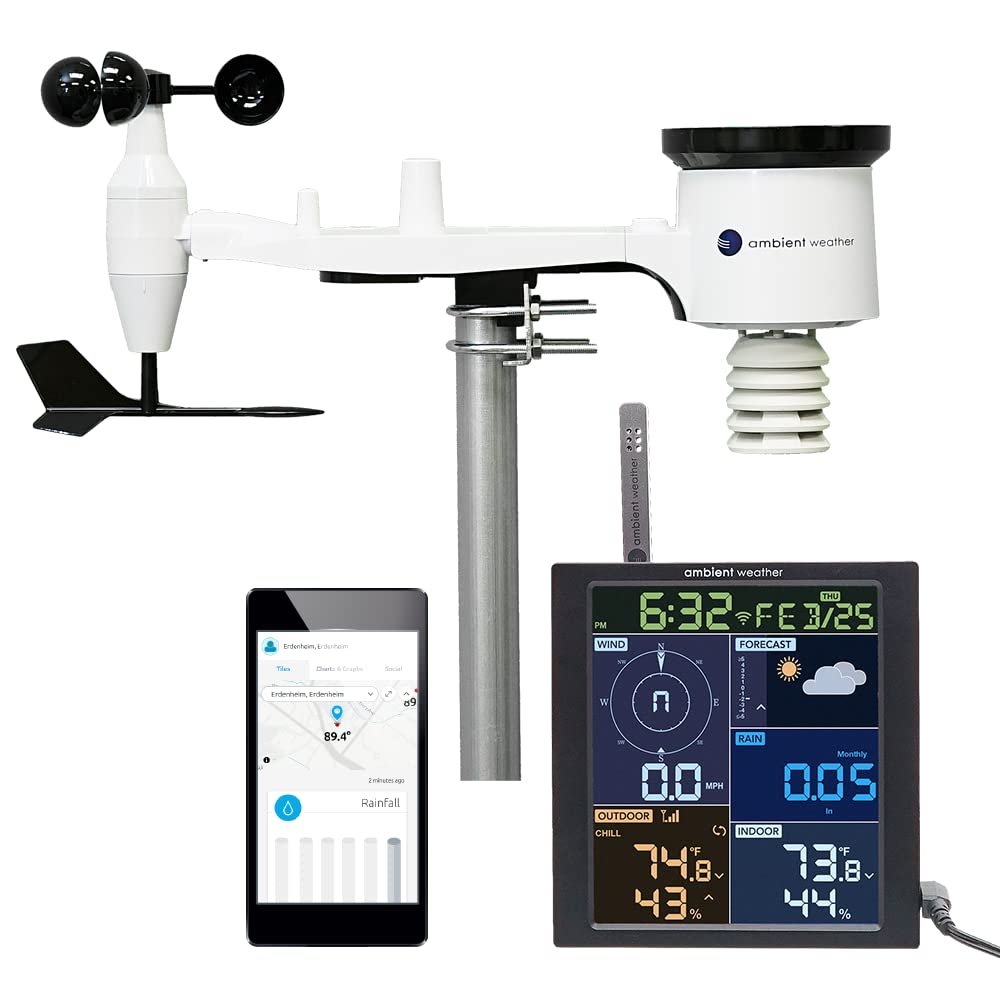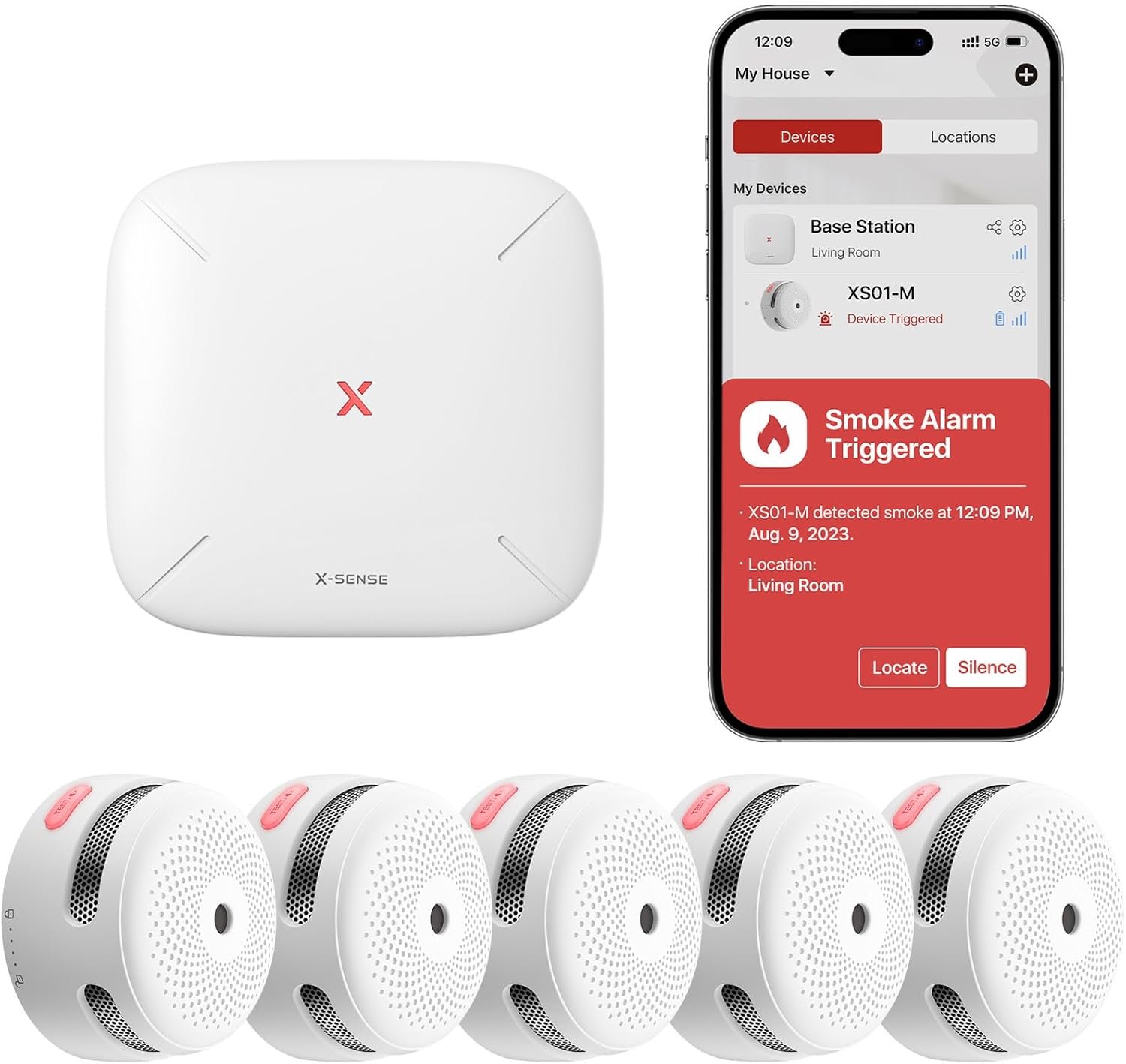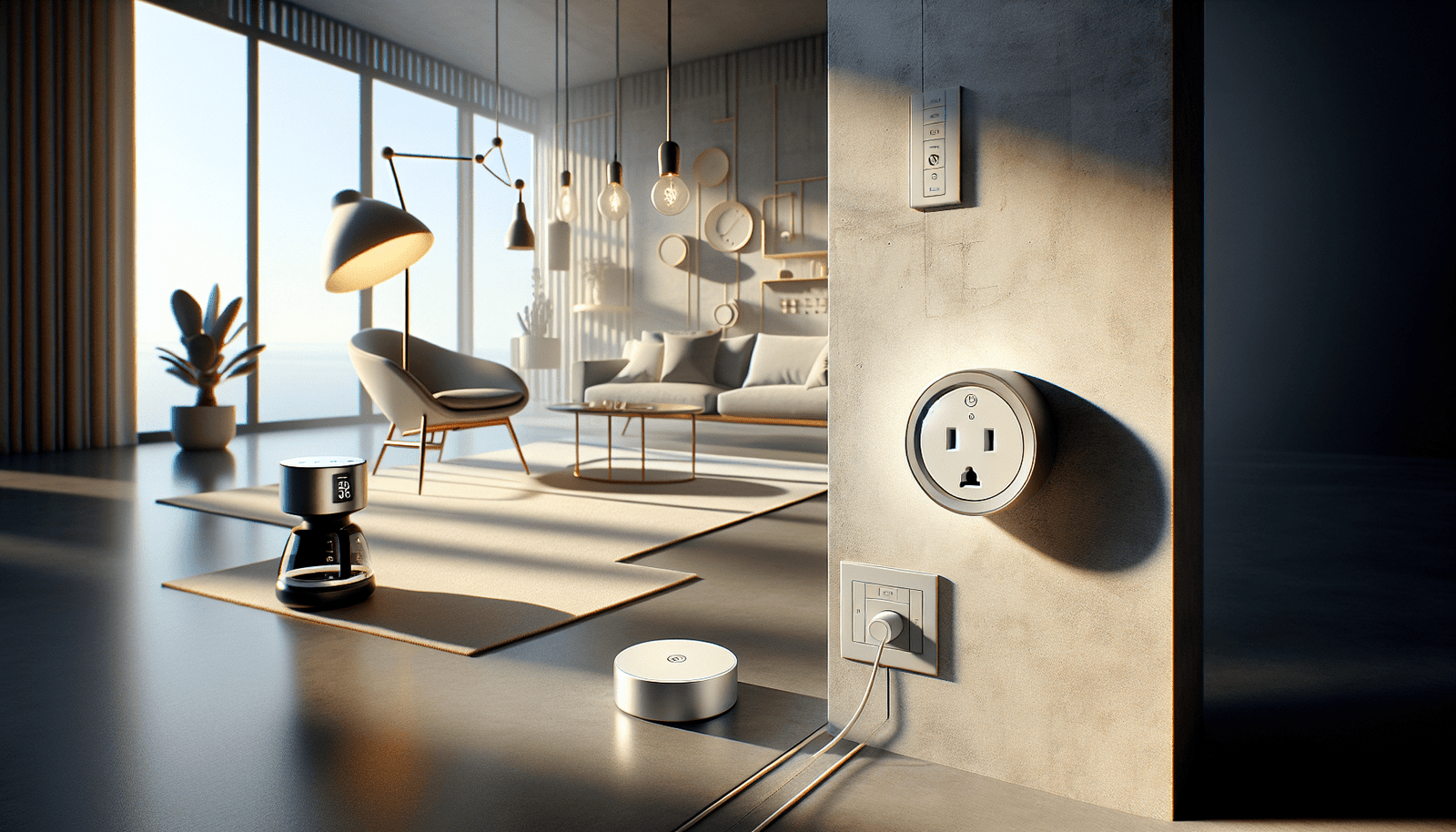Have you ever wondered how you can turn your home into a high-tech marvel that perfectly suits your lifestyle? A smart home can do just that by integrating technology in a way that simplifies your life and addresses your unique needs. As you consider embarking on this exciting transformation, let’s explore how you can create a smart home that adapts specifically to you.
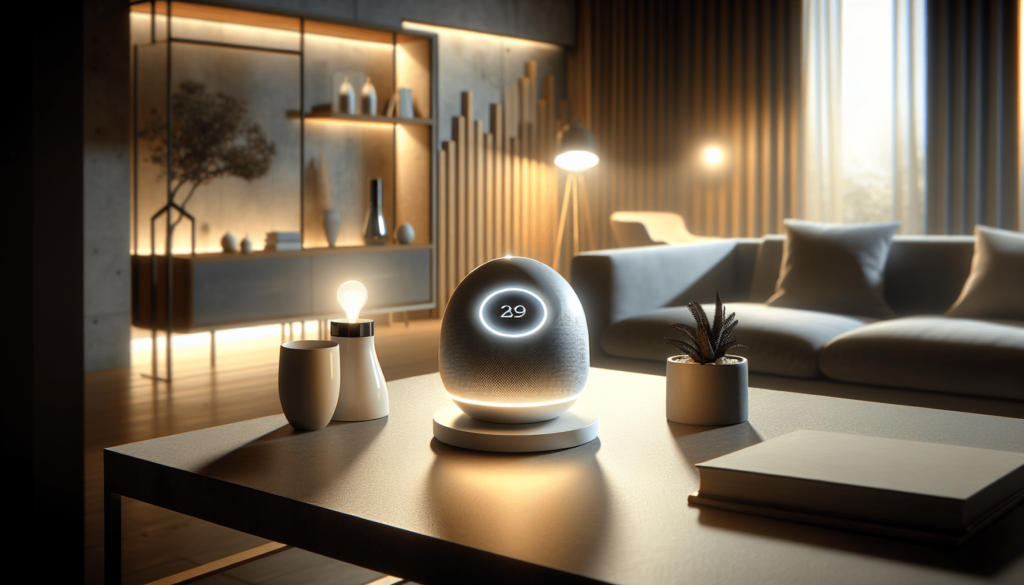
What Is a Smart Home?
A smart home is equipped with an interconnecting network of devices that can be controlled remotely and automate many processes around the house. These devices often utilize wireless technology, advanced sensors, and internet connectivity to provide convenience, efficiency, and comfort. Whether it’s adjusting the thermostat with your smartphone or commanding a virtual assistant to dim the lights, smart homes adapt to your lifestyle.
The Advantages of Smart Homes
Smart homes offer numerous advantages, including enhanced convenience, improved energy efficiency, better security, and even financial savings over time. By automating routine tasks, you free up more time for activities that matter to you. Additionally, smart home devices often provide insights into your energy usage, enabling you to adopt more sustainable practices.
Cost and Value Considerations
Embarking on the journey toward a smart home should start with understanding the costs involved and the value these devices bring. This will help you make informed decisions that align with your budget and long-term goals.
Initial Setup Costs
Initial investments in smart home technology can vary widely depending on the complexity and scale of your desired setup. Devices such as smart lights or plugs are relatively inexpensive, while comprehensive solutions like automated security systems or smart kitchen appliances may require a more significant outlay.
Long-Term Savings
Despite the upfront costs, smart home devices often offer long-term savings by reducing energy consumption and cutting down utility bills. For example, smart thermostats learn your schedule and adjust heating or cooling, ensuring energy is used only when necessary.
Return on Investment (ROI)
A smart home can also increase the value of your property. As the demand for smart home features grows, homes with these installations often attract higher market prices. Real estate investors may find this appealing, as it can result in a noticeable ROI.
Essential Smart Home Devices and Their Functions
choosing the right devices for your smart home is crucial. Here’s a comparison of some key smart home devices to help you decide what suits your needs best.
| Device Category | Popular Brands | Key Features |
|---|---|---|
| Smart Lighting | Philips Hue, LIFX | Remote control, energy-efficient, customizable colors |
| Smart Thermostats | Nest, ecobee | Energy-saving algorithms, compatibility with HVAC systems, remote scheduling |
| Smart Security | Ring, Arlo | Real-time monitoring, motion detection, facial recognition |
| Smart Assistants | Amazon Echo, Google Nest | Voice control, home automation, answers to queries |
| Smart Plugs | TP-Link, Belkin | Energy monitoring, scheduling, voice control |
Real-World Use Cases
For example, smart lighting can adjust based on natural light levels, saving energy and creating a cozy atmosphere. A smart assistant can serve as the control center, linking devices and executing voice commands. Such integrations illustrate how smart technologies seamlessly fit into daily life.
Practical Setup Guides
Setting up a smart home may seem daunting, but by breaking it down into simple steps, you’ll find it easier to tackle. Let’s talk through how to go about it.
Step-by-Step Installation Guide
-
Identify Your Needs: Make a list of areas in your home you want to enhance, such as lighting, security, or climate control.
-
Research Devices: Look up reviews and specifications of devices in those categories, prioritizing compatibility and ease of use.
-
Acquire Equipment: Purchase the devices that best meet your needs and budget.
-
Device Installation: Follow the manufacturer’s setup instructions, paying attention to connectivity requirements.
-
Integration: Use a smart home hub or compatible app to link devices together, ensuring they communicate effectively.
Top Tips for a Smooth Installation
- Start Small: Introduce one or two devices at first, allowing yourself time to get familiar with the technology before expanding.
- Check Compatibility: Ensure new devices are compatible with existing systems or platforms you use.
- Leverage Support: Utilize online forums, tutorials, and customer support lines when difficulties arise.
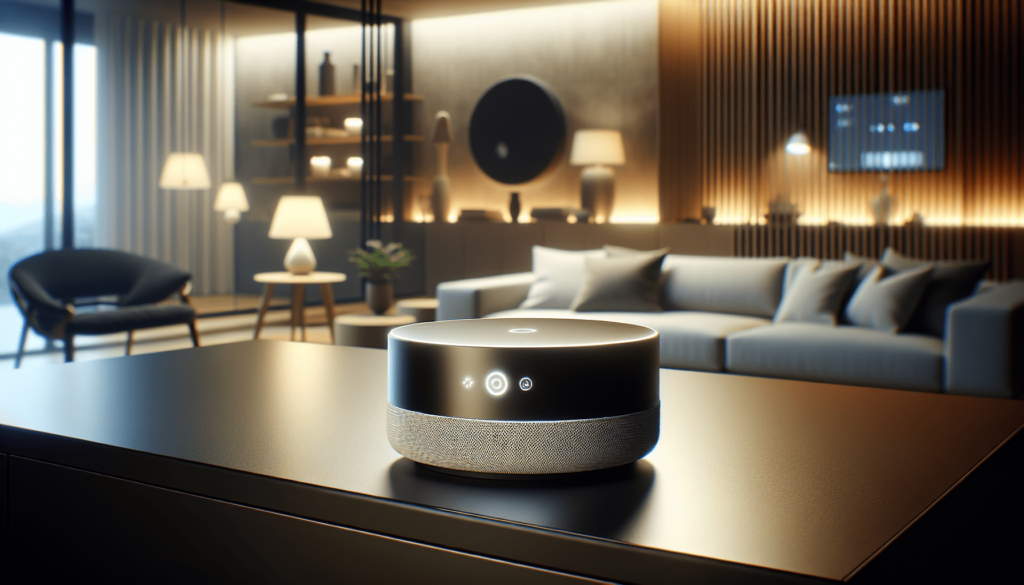
Security and Privacy Factors
With the rise of smart homes, security and privacy have become important concerns. It’s essential to understand potential risks and ways to mitigate them.
Addressing Potential Risks
Smart home devices are prone to vulnerabilities such as hackers or data breaches. Ensuring your network is secure and devices receive regular updates is critical.
Safety Features and Best Practices
- Employ strong, unique passwords for each device and account.
- Enable two-factor authentication for an added layer of security.
- Regularly update device firmware to patch vulnerabilities.
- Use a separate network specifically for smart devices to limit access.
Enhancing Energy Efficiency and Sustainability
One of the biggest appeals of smart home technology is its ability to contribute positively to energy efficiency and sustainability goals.
How Smart Devices Reduce Energy Consumption
Devices like smart thermostats and energy monitoring plugs help you track and optimize energy usage. For instance, by reducing heating and cooling during off-peak times, or by using smart power strips to cut off power to standby electronics.
Adopting Sustainable Practices
Smart homes enable eco-friendly living by automating energy conservation tasks and integrating renewable energy sources like solar panels. Smart irrigation systems can ensure water is used efficiently in gardens and lawns, further advancing sustainability.
Compatibility and Connectivity: Building an Integrated System
For a cohesive smart home experience, compatibility and seamless connectivity across devices are crucial. Let’s tackle how you can achieve this.
Cross-Platform Integration
Select smart home devices that support integration with major platforms such as Amazon Alexa, Google Assistant, or Apple HomeKit. These ecosystems allow devices from different manufacturers to communicate and operate harmoniously.
Choosing the Right Smart Hub
A smart hub acts as a command center, linking different devices for seamless control. Consider a hub that supports your chosen ecosystem and can handle future expansions of your smart home.
Future-Proofing Your Smart Home
Technology evolves rapidly, and future-proofing ensures your smart home remains relevant and effective in the coming years.
Exploring Emerging Trends
Stay informed about emerging trends like Artificial Intelligence (AI) improvements, broader Internet of Things (IoT) capabilities, and advancements in machine learning. These technologies have the potential to offer even more intricate automation and personalization.
Planning for Scalability
Design your smart home with expansion in mind, such as opting for systems that allow adding devices without needing complete overhauls. Keeping a flexible structure lets your smart home adapt as your needs grow.
Final Thoughts on Creating Your Smart Home
By understanding the ins and outs of smart home technology, costs, and implementation, you can create a connected, efficient, and customizable living environment that is unique to you. Remember, the key is to start with your specific needs and build gradually, ensuring security and integrating sustainable practices along the way. As you embrace the future of living with smart home technology, rest assured that your home will not only adapt to your needs but elevate your everyday life.
